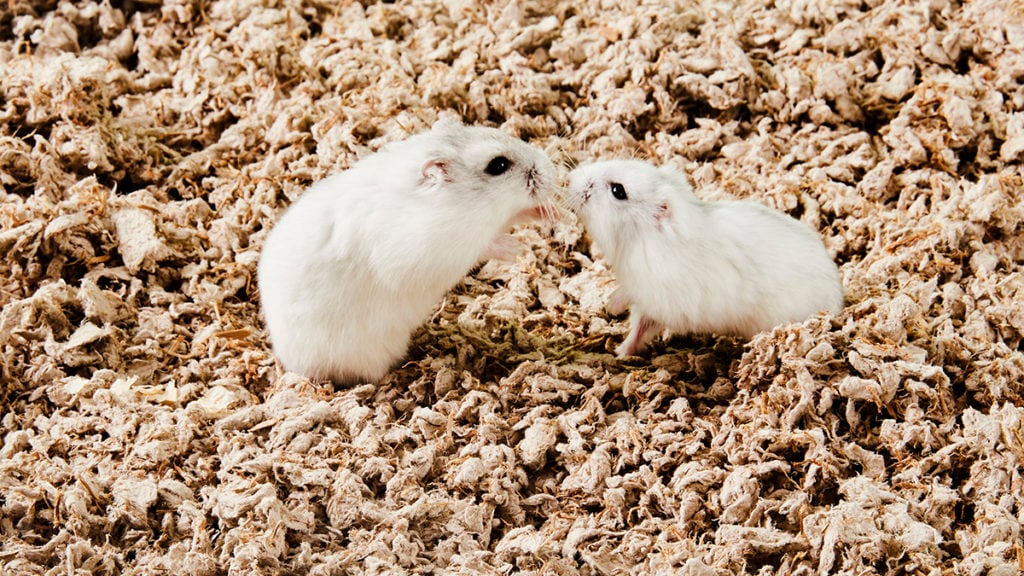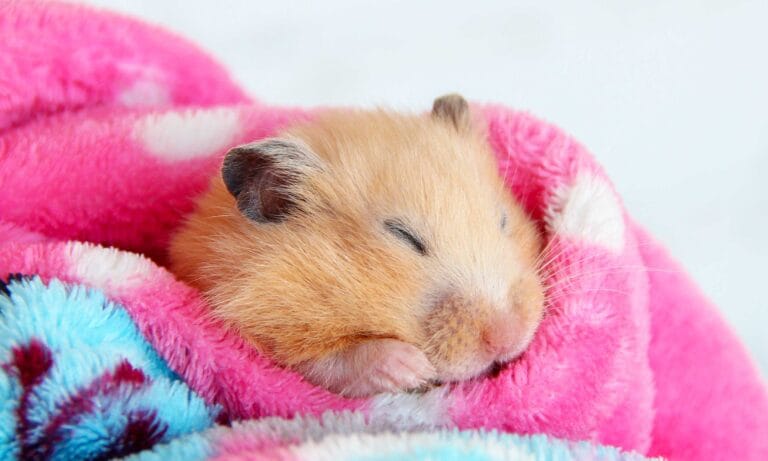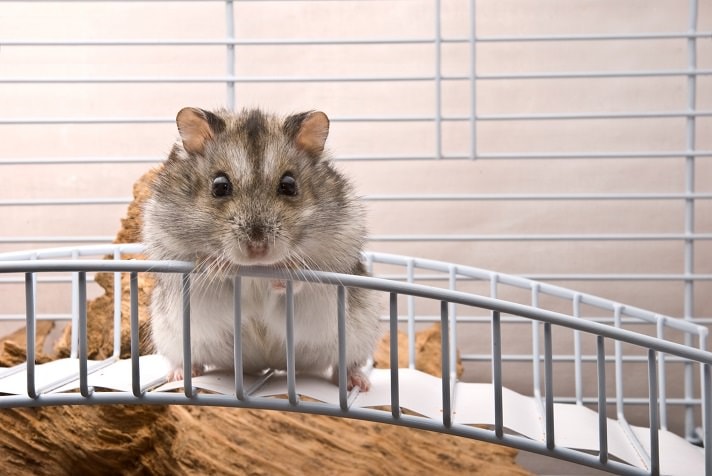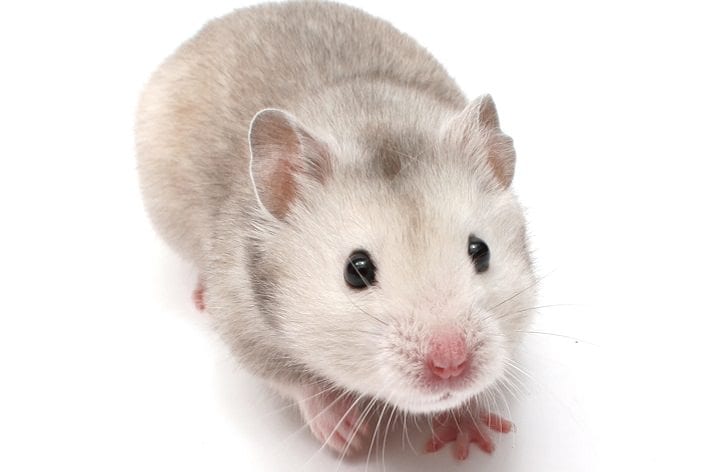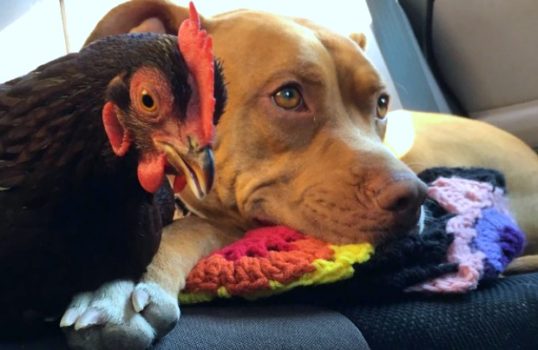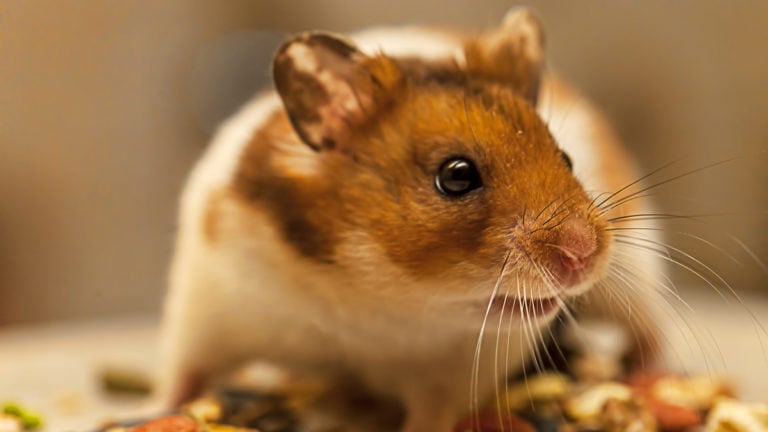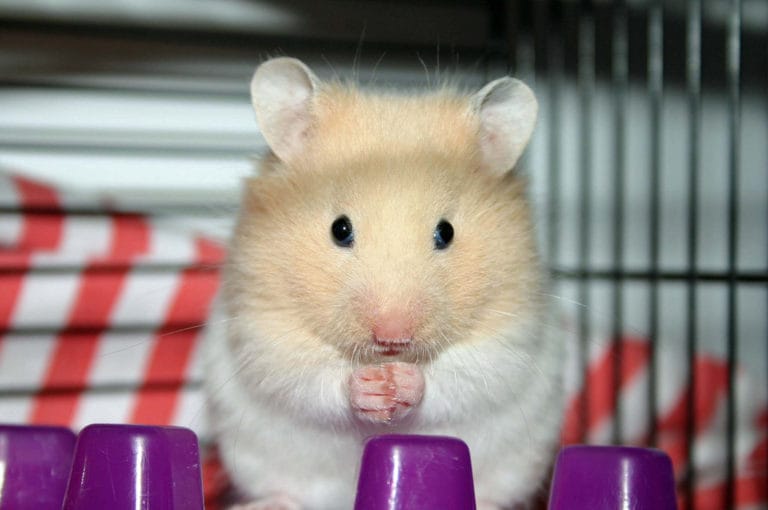Due to their social nature, dwarf hamsters are friendlier and more comfortable when kept in pairs (same sex or mixed sex) or small groups, rather than when kept alone.
Dwarf hamsters bond closely over time and usually for life. If they live with a cagemate, they tend to be friendlier toward humans. However, if you house multiple pairs in the same room, keep the male cages away from the female cages—close proximity of the opposite sex can cause stress.
Pairing Dwarf Hamsters Together
Dwarf hamsters do not welcome intruders, so pairing of hamsters must be done carefully when they are still young. Owning just a pair is preferable for pets because adding more increases the chances for disagreements. If you choose to group three or more dwarfs, the same rules that apply to pairs also apply to groups.
Pairs should be put together when young—preferably when each hamster is less than 2 months old. Littermates or those paired closer to 1 month of age may get along even better, so purchase a dwarf pair together from the same breeder or from the same cage, if possible. Make sure you choose two of the same species. Handle both dwarf hamsters together to avoid returning one to the cage with a foreign scent that might invite an attack.
Get a same-sex pair of dwarf hamsters. Getting a mixed-sex pair can lead to pregnancy and the need to separate the pair permanently as well as purchase multiple new cages to house the baby hamsters in same-sex pairs or groups. Although spaying and neutering are possible, it is only recommended if necessary for a health condition that threatens the hamster’s life.
Dwarf Hamsters and Breeding
Breeding dwarf hamsters should not be taken lightly. The shelters are full of hamsters that were bred intentionally but the owners didn’t have the necessary knowledge to do it well.
Make sure that the person who sells you the dwarf hamsters has experience with sexing them. Sexing is done by examining the hamster’s genitalia. It can be confusing, so it takes a lot of experience to differentiate male and female dwarves.
If you purchase a female pair of dwarves, confirm that they have not been housed with males 4 or more weeks old. Otherwise, you might have to deal with an unwanted pregnancy. Another concern is that some female dwarves change temperament both during and after raising a litter. For example, a female may become more territorial, more nervous and jumpy, dislike being picked up, start quarrels with cagemates or, if she was too young when she became pregnant, she may never fully grow.
Pairing Dwarf Hamsters from Different Sources
If you purchase your dwarf hamsters from different sources, you can still achieve a successful introduction. First, only purchase a hamster that has been living with cagemates. The longer a dwarf hamster has been on its own, the less likely it is to accept a cagemate. Next, introduce the pair on neutral territory and in low-light conditions; plentiful light can lead to aggression. Put hiding places in the meeting area and be ready to intervene if necessary. Make sure that the hiding places have multiple openings so one hamster can’t be trapped by another.
When possible, pair the dwarf hamsters on a morning when you will be home most of the day to observe. Continue to monitor them to ensure that their interactions are normal and neither hamster appears unduly stressed. Expect some noise and squeaking. This is part of their normal interaction and communication. Check their undersides for hamster bites. If you find bites, wash these carefully and monitor them for inflammation. If the bites don’t get better within a few days, contact your vet immediately.
Even with careful pairing or with littermates, dwarf hamsters may not get along throughout their entire lives. Disagreements occur in a minority of cases, but when they arise, the dwarves must be separated.
To minimize problems, provide as large a hamster cage as possible—more space tends to reduce possible animosity. Also provide two exercise wheels, two bowls and two hiding places so each dwarf hamster has a retreat if it needs time alone. Once they are paired, continue to monitor the dwarves for any signs of stress. One of the highest risk times is from the age of 5 to 8 weeks when a hamster rapidly grows and matures. At this time, a previously harmonious pair of dwarves may discover difficulties that they may or may not be able to work out themselves.
Death of a Dwarf Hamster from a Pair
If death claims one hamster in a pair, it can be risky to introduce a new dwarf mate. Should you choose to introduce a new dwarf, do so with care.
To help a dwarf hamster deal with the loss of a cagemate, offer it new toys, spend extra time interacting with it and watch that it eats enough. If you notice signs of lethargy, set up a playpen or other recreation area for playtime to keep your dwarf alert and interested.
By: Linda Price
Excerpt from the Popular Critters Series magabook Hamsters with permission from its publisher, BowTie magazines, a division of BowTie Inc.
Featured Image: via Chewy Studios
Share:
